Fragments Nº12: A Ghost Of An Idea
Gucci's creative reset, horny shoe campaigns, champagne sounds and DJ sets by yours truly.
Everyone’s a critic.
From the unhinged takes on Gucci to the detailed breakdowns on the Substack, comment it’s open season on what’s going wrong, gone wrong, and could go wrong for Gucci.
While admittedly, I consume said content; I sometimes find the commentary without context hollow. (This is an exception). It’s apparent mistakes have been made. The value comes from ascribing action instead of simply diagnosing the problem. (Becuase the numbers don’t lie.)
So, I will bring back something I wrote in my September Issue(s) series. A long (probably too long) breakdown of Vogue’s September Issue through the lens of the print campaigns.
The exercise itself was striking because there were brands that oozed confidence and those that didn’t. Gucci’s deeply lackluster shoot by David Sims seemed to have given up on presenting the clothes as stripped down as possible. A decision, when you compare it to, let’s say, Heidi Silmane’s final Celine campaigns, was a mistake.
The most recent campaign, led by Debbie Harry, is then ANOTHER iteration and aesthetic pivot. More glossy and lifestyle than the previous campaign, it demonstrated that while the brand’s long term issues are centered on design, merchandising, and pricing, the lack of a central brand idea that can be consistently built on has hurt Gucci’s ability to create any hook that might, just might, have helped stem the tide of losses.
It didn’t have to be this way. Becuase it was there in plain sight.
‘The Case for Ancora’ still sits in the ghetto known as Substack drafts. And it sits there for a perfect reason. Gucci didn’t know what, where, how, and why to use this idea. Ancora was this striking 1.0 reboot version of the brand that left everyone stumbling around to know what and where to go next.
My thesis was that ANCORA, as an expression and definition of the ‘new Gucci’, represented a clear-eyed concept that could inform the why of the brand. It was a building block that, with fleshing out, could state why to be in this city, why this photographer, why this marketing idea, etc..… Its deep red Rosso Ancora represented a slate wiped clean, but also behaviors and ideas that were a palette cleanser and a platform to constantly build and invent new ideas under the cover that ANCORA gave the brand. It was the justification for newness and experimentation.
So, what was ANCORA? Loosely translated into ‘again’, it spoke to that sense of newness. As De Sarno himself stated,
"Ancora is a word you use when your desire is not over yet, whether it's a kiss, an embrace, or making love; it's as if you own something and you want more of it. I wanted to fall in love with fashion all over again – ancora."
This is the part where brand strategy matters.
Newness can be literal in reintroducing the brand or innovating new concepts, collaborations, and products; it can be literal in communicating these ideas. However, ANCORA, in its first iteration, represented a monolithic way of presenting the brand. That monolithic approach yielded some interesting thoughts. The massive OOH campaign, the pop-up experiences, and the global editorial strategy that saw print magazines worldwide adorn the ANCORA methodology. They all hinted at a deliberate, brand-building world. But equally - it undercut itself by introducing more words and ideas.
Indeed, speaking before the Cruise show in London, De Sarno articulated how this interconnected, monolithic world could work. Seeing moments, people, and places as if ‘touched’ by the brand.
"Red is actually everywhere at Gucci. The very first Jackie bag was black with a red lining. I went to the Savoy Hotel, where Guccio Gucci worked [as a young man before founding his company], and the elevator inside is red."
But the strategy disappeared. Popping up intermittently in book editorials, the (excellent) Gucci Horsebit films, or the Salone Del Mobile exhibition. Suddenly, it’s there, then it’s gone.
The campaigns (and content) have reflected that zig-zag.
‘Gucci Is A Feeling’ might be an interesting concept, but it looked completely different from what else the brand was doing. The Bad Bunny x Kendall Jenner Airport cosplay was a nice callback, but it added nothing (again) to the story the brand was trying to tell. The same goes for David Sim’s stark, austere shoots for fall or the most recent ‘We’ll Always Have London.’ At each point, each choice made it harder to understand what the brand was trying to communicate beyond a celebrity or a specific product.
They floundered without a defined idea of the world they were building at their heart.
After Sims work dropped, Kenneth at The Impression probably said it best regarding the campaign at large:
Consistency is rarely a bad thing when it comes to campaigns. But when that consistency feels lacking in point of view and just shows us the same white wall, maybe it’s time to change things up and take a creative risk? We might be nearing the end of our patience with Gucci’s transitional period. The slate has been wiped clean – now it’s time to fill it with something new.
With changes (and simplification) in the C-suite, there might be a chance ‘again’ for the Gucci team to reset the stage and get back to the basics of building a brand universe. Comparisons to Michele’s outré world will always exist, and the desire to wipe the slate clean isn’t wrong. But to parlay a football reference I used on Burberry’s renewed interest and excitement off the back of ‘It’s Always Burberry Weather’, you build from the back.
So, my advice? Return to and define a razor-sharp articulation of ANCORA and articulate what it unlocks for the brand. A strategy informed by the principles of De Sarno’s vision but articulated clearly and executed ruthlessly. Be clear, be instructive, be visible. Then, find a distinct, consistent tone and language to implement it. That ruthlessness, inherent in the original Kubrickian sensibility of the launch, is both the answer near term and the long-term starting point. Again.
Now, onto other fragments…
A campaign that fucks.
Shoes and sex are deeply intertwined, but (correct me if I’m wrong) they have been missing from brand communication lately.
That streak of sexless advertising has ended with the new Amina Muddadi campaign. This campaign has got people's attention by calling back the early ravenousness of Tom Ford (Fragrance as much as Gucci) and, of course, the iconic Chris von Wangenheim shoots.
You can See the entire campaign here, and it’s really striking. (Also, shoutout to ‘The World At Your Feet’ line. Keep it simple and fun.) I hope this gets a billboard or at least a wild posting in the city soon.
Beauty In The Bubbles
This substack has already expressed its deep love and respect for Ryuchi Sakamoto. His prolific career and exquisite level of taste and craft saw him naturally interact with fashion and luxury brands. I’m sure his work and name were mentioned in thousands of decks as someone who would communicate that ‘just so’ sensibility that luxury brands crave.
The composer's relationship with fashion was equally extensive, from partnerships with Michael Guabert and Mugler to creating compositions with Junya Watanabe. ‘Merry Christmas, Mr Lawrence' has been a fashion staple for years—and for good reason. Sakamoto understood atmosphere and context better than almost anyone.
But, his partnership with Krug took this ability to collaborate with brands to the next level. Created in 2008(!) and shot in The Brooklyn Museum, the almost 40-minute piece is ostensibly an ode to three of Krug’s vintages from that year. The Krug Clos du Mesnil 2008, Krug 2008, and Krug Grande Cuvée 164ème Édition.
I can’t speak to their efficacy as champagnes. But I can talk to Sakamoto's beauty in teasing out this incongruous idea. To weave Japanese instrumentation, ambient soundscapes, and classical pieces into something that transcends a brand collaboration. It’s an actual work of art.
While I’m sure these collaborations still occur, there’s something precious and brave about doing this. I imagine it was hard to quantify the success of this activation in the chart. But I can quantify that 16 years later, this music, born of bubbles from a champagne glass, has made me think of Krug more than a ‘learn more’ ad on IG ever did.
The Long And (Non) Short Of It
I’ve always loved playing records. Back in the St Martins days, that meant the Student Union or playing with Too Hot Limited on the legendary Not Cricket nights. But moving to NYC stymied that urge until recently.
It was time to get back out there with the rise of Vinyl-only bars in NYC and the broader US (all roads lead back to the big bang of Vinyl Bars - Spiritland.). And it has not disappointed. I now have three residencies in NYC, a radio show with Love Will Save The Day FM
And it’s just getting started.
My most recent (4.5hr) set from Honeycomb is above. The beauty of playing out like this is building a story. Deeply inspired by David Mancuso and his Loft approach to DJing, it might take it out of you playing, but getting the story and the mood right is pure magic.
You can find the rest of my recorded shows on my Mixcloud page.
More next week…

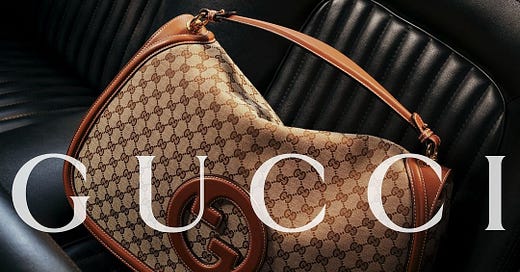



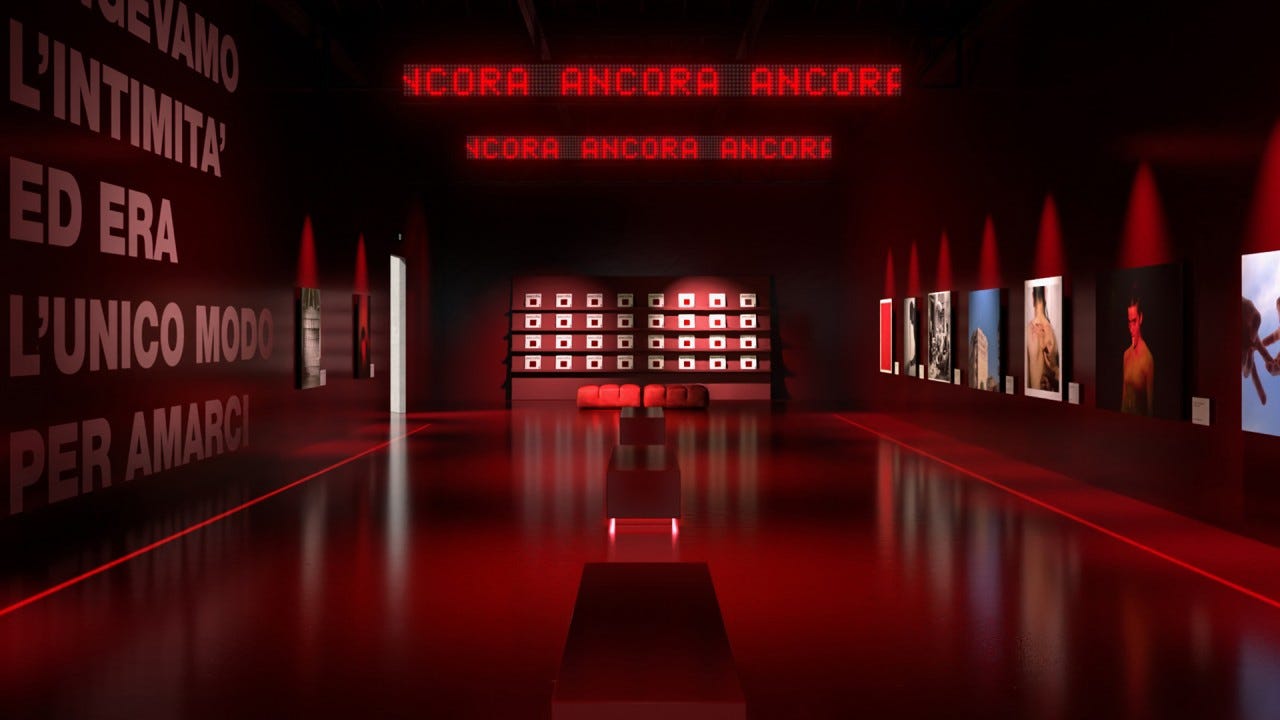
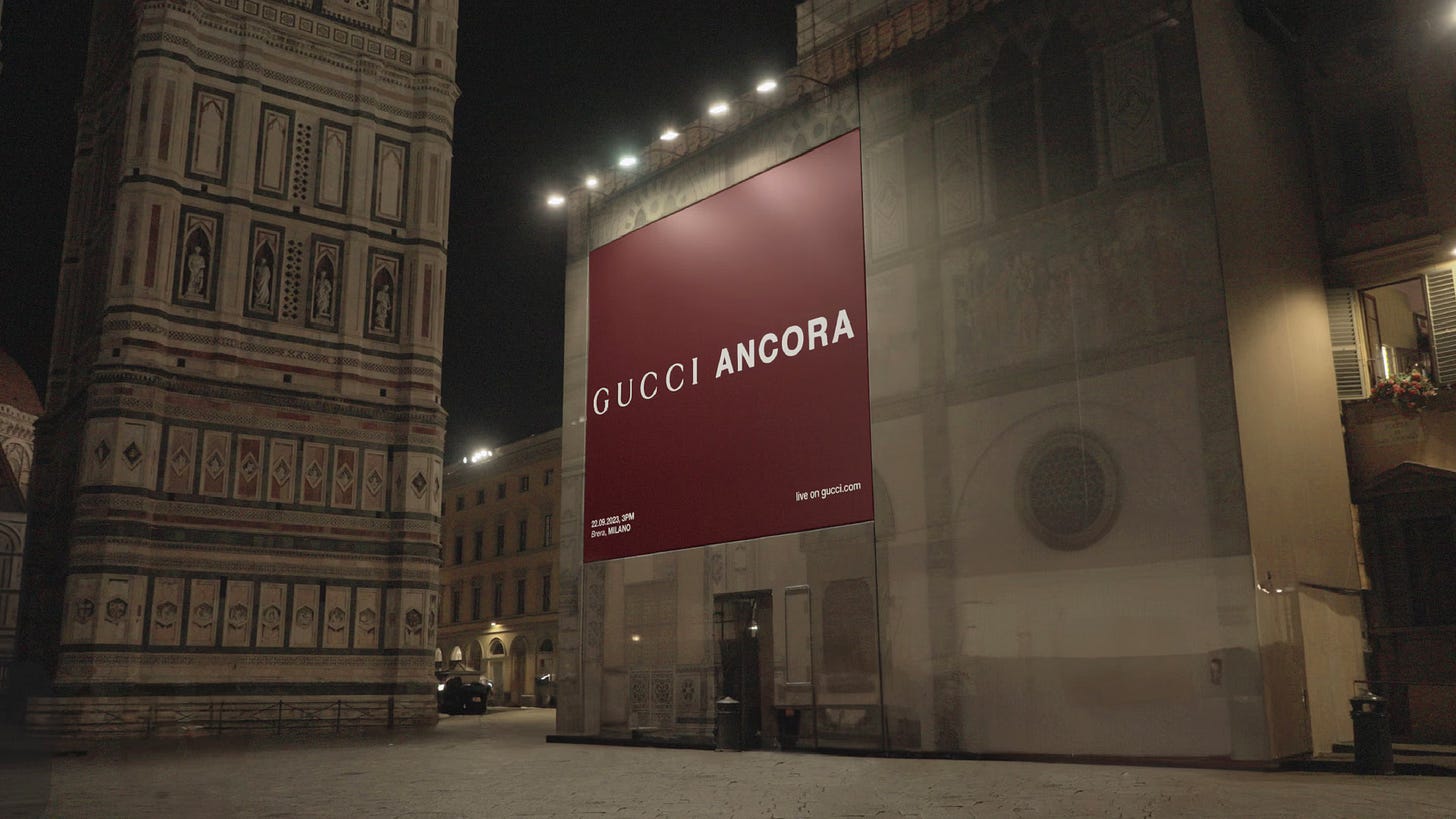

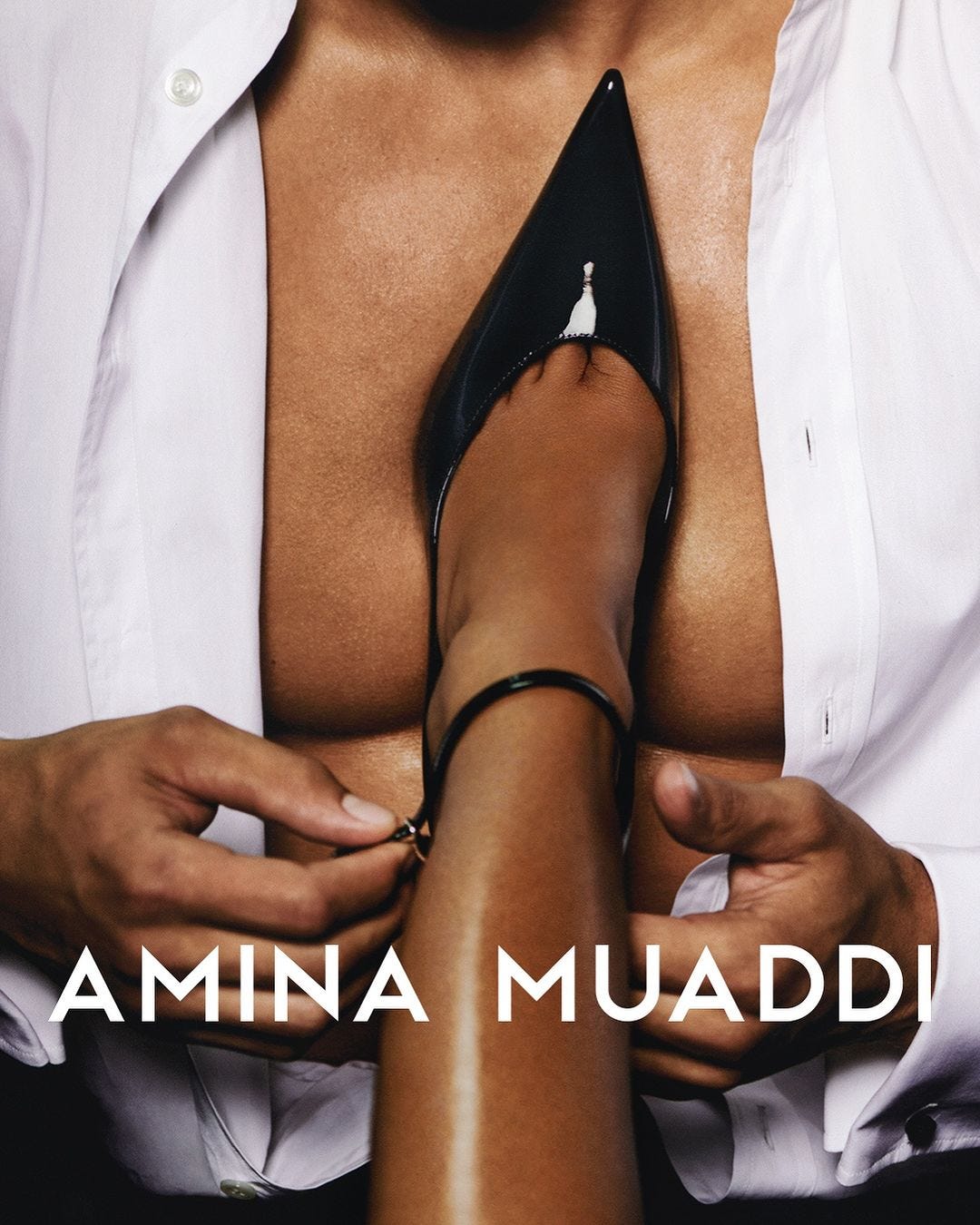
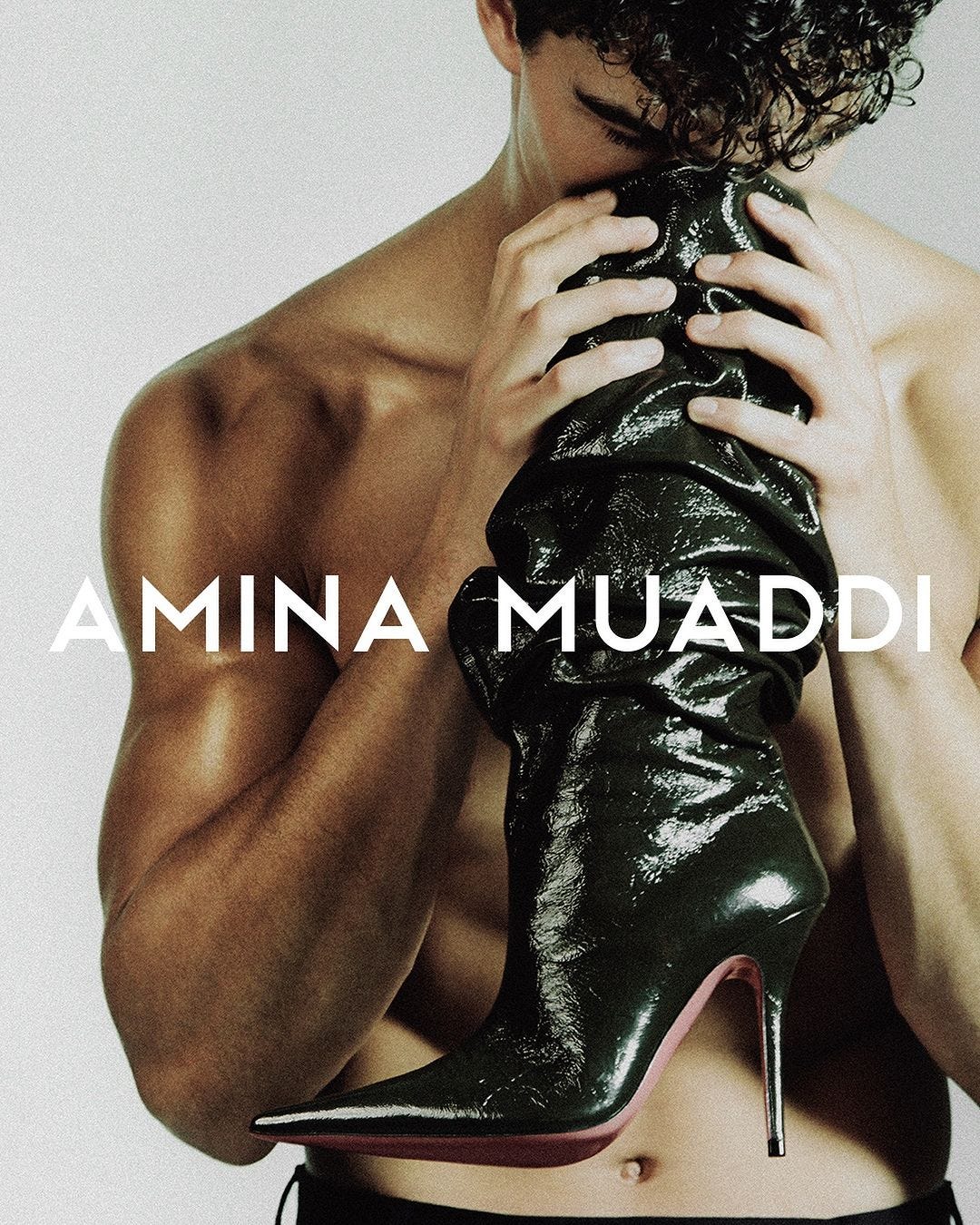

ANCORA is an interesting concept for a brand in the "luxury" industry at this moment. I don't think these brands, given their rapid scaling and growth, fully understand that they're more mass brands than niche: they're all struggling to have a POV while trying to please everyone. Plus the insane competition between them all (the Spiderman meme of it all ever since Balenciaga did the sock sneaker, a "you're making that? I'm making that!" "you're making that, wait I need to make that" very-externally informed, reactionary approach to brand) to keep up and be relevant yet gain further growth and mass appeal means no one has a core anymore and is sort of flailing just to stay afloat. There is no true consumer desire for them beyond wanting to be a part of the game. Culture at this scale whether it be Basel, fashion, or food, is a sports league more than anything else. It's about winning for the sake of feeling like a winner -- ego over need.
The following Amina campaign is a wonderful contrast because her scale and product-focus keeps her POV potent. Those parameters and the awareness that she's not for everyone allows for the brand to make a creative mark like that. It's has a 20/20, focused vision versus something like Gucci, who's eyes are nervously, insecurely darting across the room.
Perhaps the problem also lies somewhere in a rigid luxury playbook as going back to roots doesn’t always mean abandoning innovation.